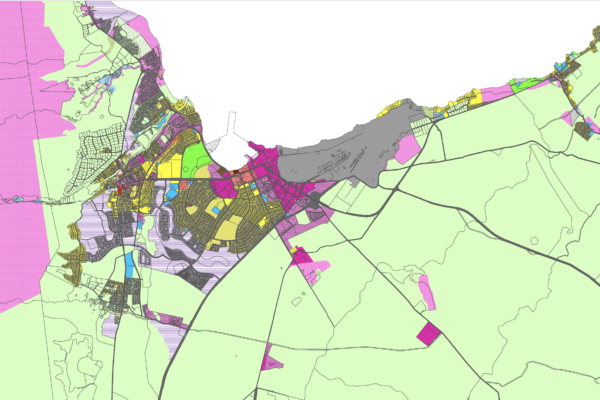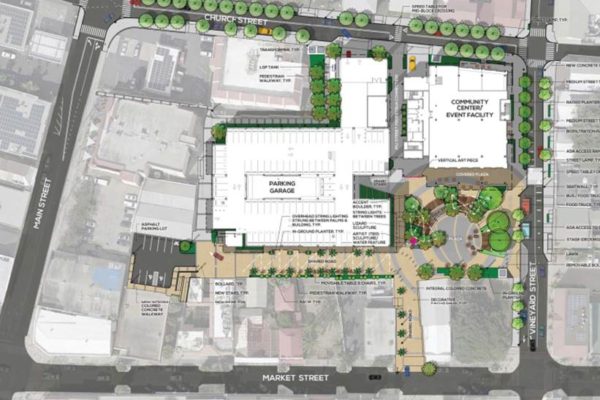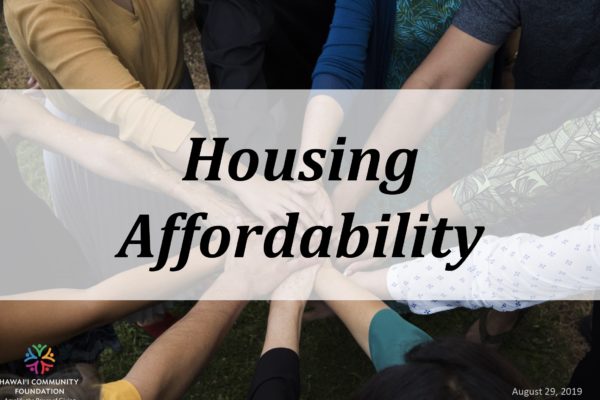Excerpted from Maui Weekly
Past planning designated ocean lands as public parks and beaches, yet KCA President Jon Miller—like many—fear a gloomy future forecast for parks in South Maui. When Miller inquired if there were plans to integrate parks mauka of Pi‘ilani Highway—near large plots where future housing and retail developments are proposed—John Buck, Mayor Alan Arakawa’s executive assistant in charge of parks and recreation in South Maui eventually responded, “I’m not really sure. I do know that no major parks are seen in the current overall development plans in Kīhei.”
Buck said the parks ranger program “will not be cut,” as previously rumored, but that the positions’ focus has changed. He also mentioned there continues to be a possibility of county-provided lifeguard services ending next year in Mākena State Park due to issues with liability on top of other aspects. “I’ve been talking with various ocean safety supervisors, and we hope to continue… ,” he said.
Buck said the completion of South Maui Community Park’s first phase is on target for March, but “don’t quote” him on it. He wholeheartedly looks forward to finishing this park, but it’s “a process,” he said. “I’d say before summer’s end—definitely Christmas,” he said lightheartedly. “I’m sorry, I don’t control grass.”
Department of Environmental Management Director Ginoza admitted his title is a “bit of a misnomer,” as it can be confused with the environmental coordinator position Rob Parsons returned to recently.
“While Rob fields most of the environmental calls, we deal more specifically with infrastructure when it comes to wastewater reclamation and solid waste… our main thrusts being waste disposal and dealing with sewage matters,” said Ginoza.
The Department of Public Works & Environmental Management was split in 2007 into a two separate departments—Public Works and Environmental Management. Public Works deals more with engineering, roadways and sewers. Ginoza’s broad division also deals with issues regarding shark tours, genetically modified organisms (GMOs), certain recycling and the BYOB (Bring Your Own Bag) program.
“The community has really embraced this ban, and the only complaints we receive are businesses claiming they were unaware of it,” he said.
During January’s “Zero Waste” symposium at the University of Hawai‘i Maui College, County Councilmember Mike Victorino said he would reintroduce his 2009 bill to ban disposable Styrofoam food containers. “Originally, this went along with the plastic bag ban, but we didn’t want to dump that much on the community and businesses,” said Ginoza. He said they’re “trying to be proactive, but it’s challenging” with proposals like the Styrofoam ban.
“There are many more health reasons surrounding food containers, and also we don’t want to develop an alternative that’s just a ‘feel-good eco-package,’” said Ginoza, citing the “light brown box that looks ecologically friendly” but in reality breaks down into little tiny pieces and isn’t completely biodegradable.
Regarding the Central Maui Landfill, Ginoza said we are decades away from capacity, and daily intake has steadily decreased. The landfill currently deals with nearly 450 tons per day, whereas years ago, the amount was reaching more like 750 tons daily.
“Obviously, less construction jobs has helped, but we’ve also diverted that 30 percent with recycling programs,” Ginoza said. “The goal is to minimize through diversion, and we continue to work on various initiatives to create diversion.”
One such method would be to add countywide curbside recycling. Ginoza said this “single-stream recycling” is another challenge for his department.
Additional staff wouldn’t be added, but there would be more materials to pick up. Each residence would add two more receptacles—a green waste container and a bin for all other recyclables. The latter would go to a Material Recovery Facility, a concept spearheaded by Mayor Arakawa during his first term.
Ginoza said the department is looking at a 2,000-home pilot program to start soon, but awaits the proposal’s approval in the mayor’s budget, which is due at the end of March. The challenge lies in obtaining the bins. The pilot program’s costs will run under $325,000 for operations and materials, he said.
Ginoza turned in a litigious direction when he addressed cause-and-effect studies concerning injection wells. With a background in engineering, Ginoza said he “likes to be scientific when looking to solve problems.” He added he hasn’t been able to form a proper hypothesis on how to reduce our reliance on injection wells, and has yet to find out exactly how they harm our environment.
He said “episodic events” like the recent flooding impact nearshore waters much more than injection wells, and lines run below any aquifer line. He also said that wastewater reclamation facilities continue to only treat up 60 percent of the average 3.5 million-gallon daily intake, and there are challenges in funding overall, including costs to repair old reuse lines and develop new line expansions.
“It’s not a matter of if we’re going to get rid of the wells,” said Ginoza. “At least we’re going towards getting away from injection wells… but unless we figure out other means of disposal, it’s hard to promise anything.”



